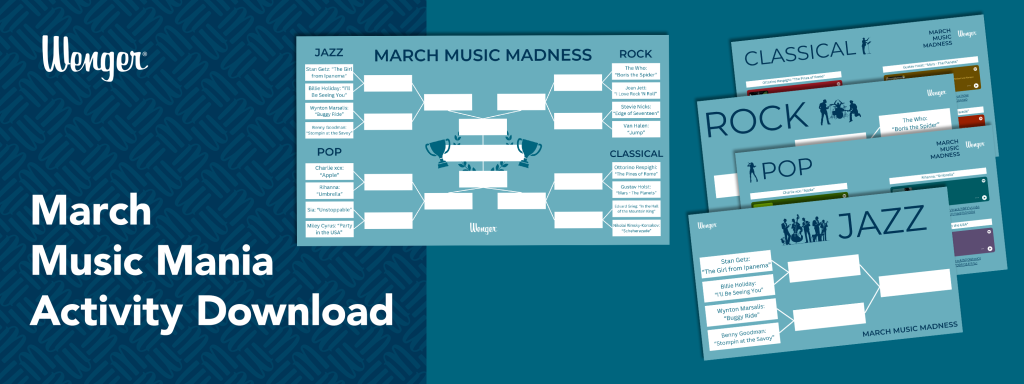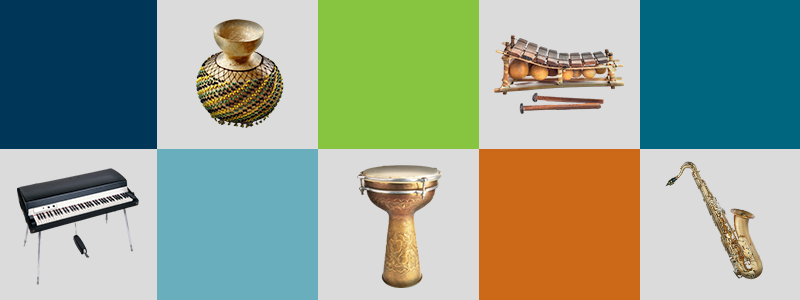Written by Wenger Guest Author Shilo Stroman, Senior Instructor of Percussion and Jazz at Colorado State University
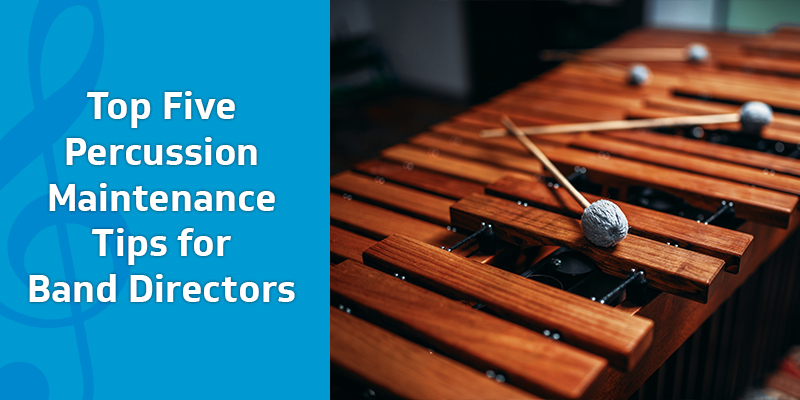
1. Storage
Percussionists are a fickle bunch who like very specific pieces of gear and no one manufacturer makes everything. What does this mean for band directors?
• You will need to purchase a case/cover when you buy ANY percussion instrument. They generally don’t come with unless you’re getting some sort of package deal. Make sure you KNOW what you’re purchasing!
• Proper storage is a MUST for instrument longevity. The percussion workstation by Wenger is a great way to stay organized. Label the place where every instrument “lives” when not in use. If each instrument is stored/covered properly, you will avoid large expenditures!
• Train your students to properly store instruments after each rehearsal. Give them enough time to do so!
2. It’s the little things.
Wing nuts, sleeves (make sure they fit) and felts for cymbal stands, hand cymbal straps, wing nuts for hardware etc. These are important to avoid rattles and other non-musical sounds.
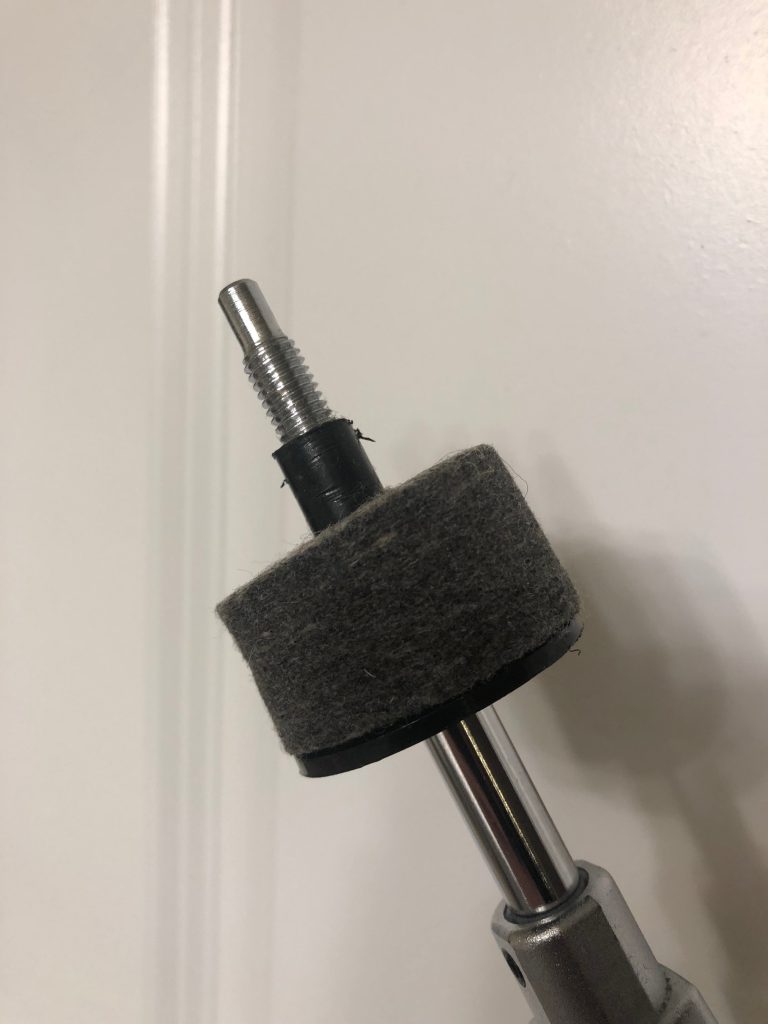
• Purchase extras of the parts mentioned above and keep them locked up.
• A roll of para-cord from your local hardware store works perfect for stringing xylophones,
vibraphones and marimbas. Make sure you get the correct size! Every manufacturer is a
little different.
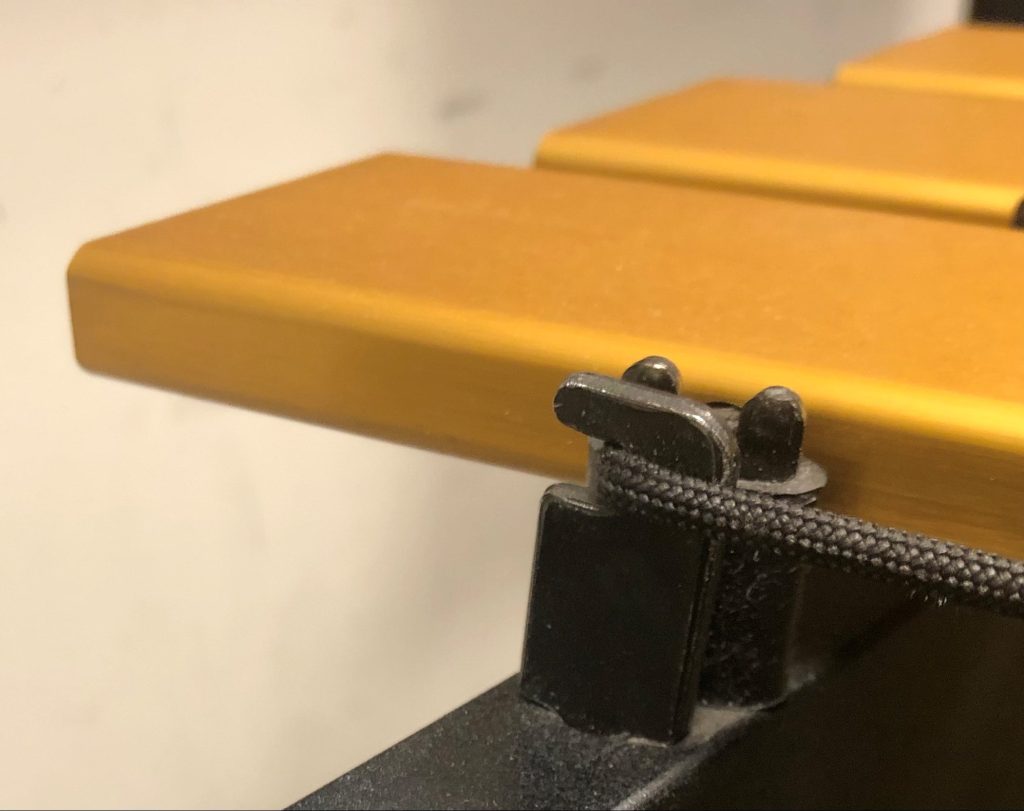
• Pin and Post insulators for keyboards. Those are essential to maintaining your bars and
avoiding any non-musical sounds. Rubber feet for hardware is also important to avoid
“extra” sounds and protect your stage floor.
• Triangle clip: you can make one if you’re on a budget. A bag of clips from your local
hardware store and some fishing line does work. Make sure you have TWO lines and
they’re the correct length to avoid spinning. Clips from Black Swamp Percussion and
Grover Percussion are a professional option and worth it.
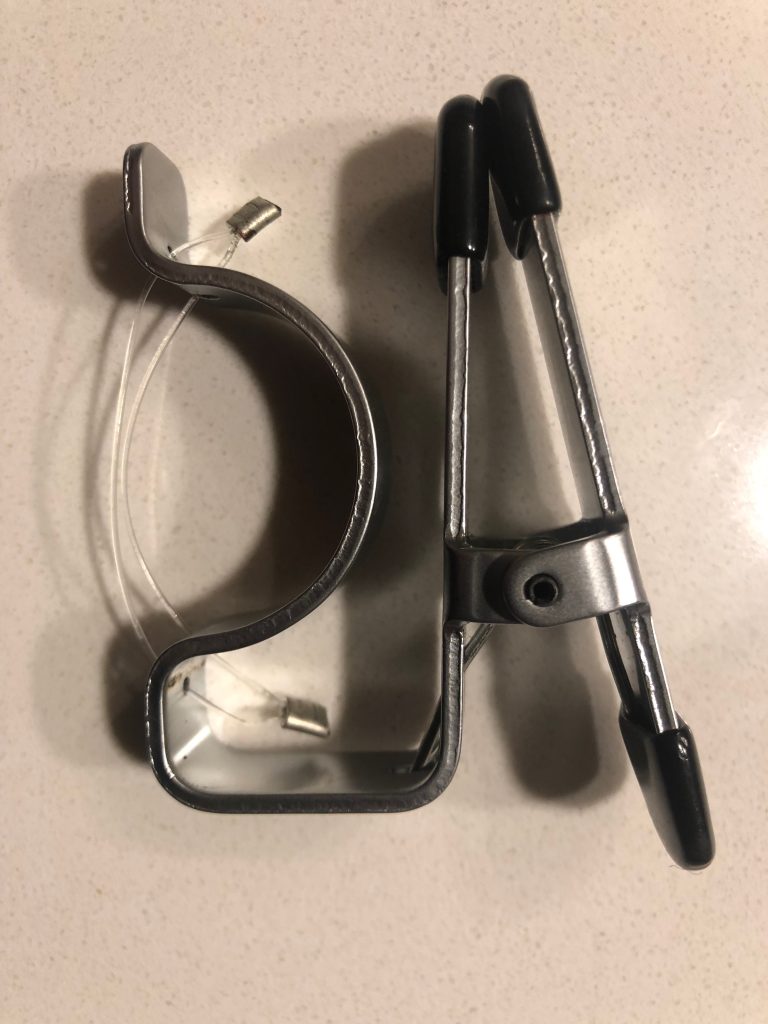
3. Tune! You do this every day with your winds and brass. At least once a week is
essential for percussion.
• Take a listen once a week to each drum. It might only need one turn on a single tension rod to get the drum back where it needs to be. Be diligent and your drumheads will thank you.
• While you’re doing this, take a look for wear and tear. At Colorado State, we use a permanent marker to date each drum head so we can replace when needed. You could also use a spreadsheet to keep a log of drum head tuning and replacement.
• If your timpani pedal isn’t staying where you need it to, the head probably isn’t in range.
• When replacing heads: clean the bearing edge, tighten any loose nuts/bolts and grease the tension rods with white lithium grease before attaching the new head.
4. Train your students to be aware of the equipment.
• Train them to watch for loose tension rods, missing cymbal felts, timpani pedal issues, loose nuts/bolts on drums and broken para-cord.
• The quicker you identify the issue, the quicker you can make music!
5. Make a percussion repair kit that only you and percussion students use. It should
contain the following.
• Extra washers, cymbal felts, hardware wing nuts, tension rods, snare string etc.
• White lithium grease
• Drum keys, timpani keys, screw drivers, hex keys, pliers and any other tool you might need for your specific instruments/equipment
• Rags for cleaning
• Gaff tape is useful for dampening but a more professional solution are the Evans eq-pods

You can connect with Shilo Stroman on these channels:
Instagram: @strodrum
Twitter: @the_stro

